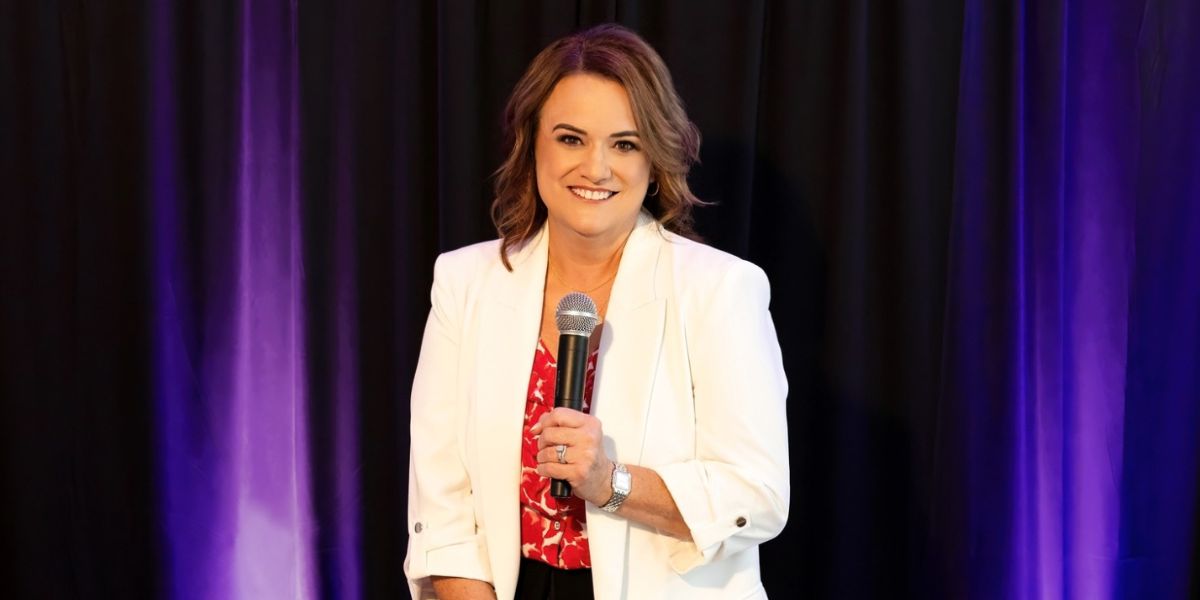Are you looking to boost your team’s confidence and bond in a whole new way? Learning life-saving skills together isn’t just smart. It’s also a lot more fun than you’d think!
Whether you’re in an office, on the field, or out on an adventure, knowing what to do in an emergency can make all the difference. From CPR to first aid, these essential skills turn teammates into heroes.
So grab your crew, roll up your sleeves, and let’s dive into the life-saving skills every team should master together!
Basic First Aid Training
Basic first aid training teaches your team how to handle minor injuries and stabilize emergencies until help arrives. Skills like treating cuts, burns, or sprains may seem simple, but they make a big difference.
It builds confidence when facing unexpected situations. Learning together also builds trust and teamwork. Plus, it’s a hands-on experience that keeps everyone engaged.
Having a group that knows what to do in a medical emergency is reassuring. It’s a great starting point for teams that want to be more prepared and take safety seriously, while learning in a supportive, shared environment.
CPR and AED Certification
Cardiac emergencies can happen anytime, and knowing CPR and how to use an AED can save lives. Certification courses teach your team what to do if someone’s heart stops. It’s a skill that’s easy to learn but powerful in action.
Many programs offer team-friendly options, like a group discount for CPR training. This makes it affordable and accessible for the whole group. Practicing together helps your team feel ready and confident.
Plus, it turns safety into a shared priority. When your team is certified, you’re not just prepared, you’re empowered to help when every second counts.
Fire Safety and Evacuation Procedures
Teams should learn how to use fire extinguishers, recognize hazards, and follow clear evacuation plans. Practicing these steps together improves coordination during real emergencies.
It’s also a chance to ask questions and clear up confusion. Fire drills may seem routine, but they help your team react smoothly under pressure. Knowing the plan and each person’s role can reduce panic and save lives.
A fire emergency is no time to guess what to do, so you need to be prepared to turn chaos into calm.
Mental Health First Response
Training your team in mental health first response helps them support colleagues who may be struggling. It teaches how to recognize warning signs and offer help without judgment.
Even a simple, caring conversation can make a huge difference. This training builds empathy and emotional awareness in your group. It also reduces stigma and encourages open, healthy dialogue.
Teams that know how to respond to mental health issues create safer, more supportive spaces. When people feel understood and cared for, everyone benefits in emergencies and everyday work life.
Building a Culture of Preparedness
Building a culture of preparedness starts with simple steps and shared learning. When your team trains together, you build trust, confidence, and quick thinking.
Don’t wait for a crisis to realize the value of being ready. Start training, talking, and building a stronger, safer team today. Your preparedness journey begins now-let’s make it count!
Was this article helpful? Explore more of our blog for additional tips and insights!
Disclaimer: The information provided in this article is for general informational purposes only. The life-saving skills and procedures discussed are intended to serve as an introduction and are not a substitute for professional training or certification. For any emergency or medical situation, always seek immediate help from qualified healthcare professionals. Always ensure that you receive training from accredited organizations and follow the latest guidelines from trusted health and safety authorities.









